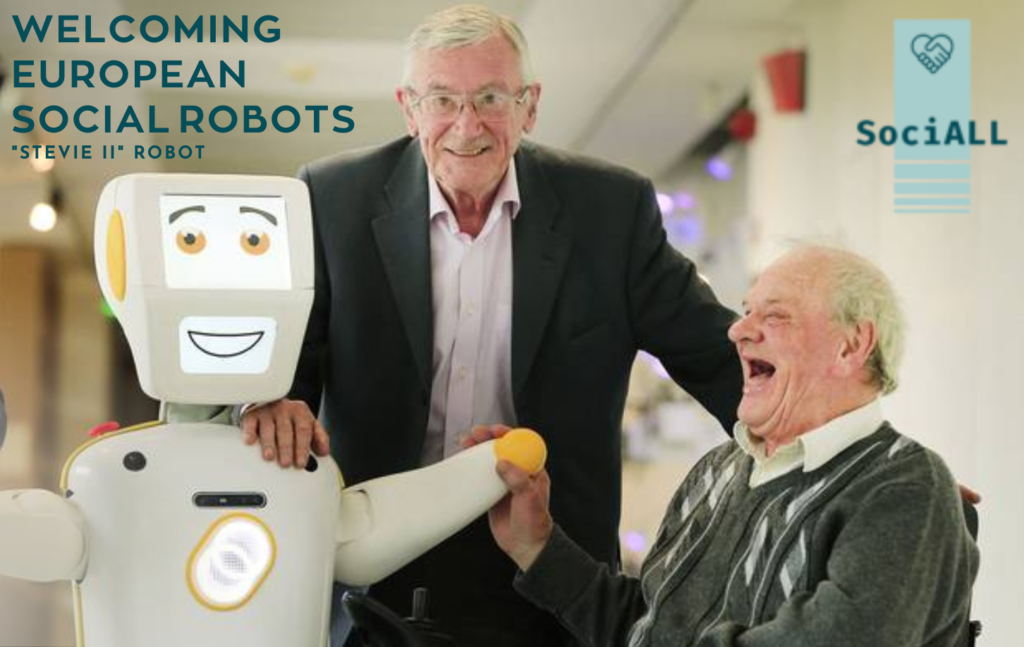In 2019, the European Commission envisioned creating a European Union that would fit with the digital age by investing in new digital technologies and defining technological standards for its member states. Consequently, 17 EU countries received recommendations related to digital technologies. The European Commission communication indicated that the objectives were to ensure good services for the aging population, proper use and protection of personal data, and effective prevention and research on diseases.
Within the framework of those objectives, we observed a gradual robotization of social care services in the European Union. Nevertheless, this process also demonstrated that robots in the social care sector needed to be adapted to many factors. Indeed, they mostly need AI because, in this particular field, actions are not only about automatic and predefined tasks.
Moreover, the use of such robots seems pretty disparate in Europe. In reality, studies proved that no robots are used at all in Italy in the sector of social care but several of them are often used in the Netherlands. This phenomenon can be explained by the lack of trust in mechanical, AI, and robot devices from the public but also the lack of knowledge in this particular field from social care providers. Furthermore, the high price of those robots and the pricey cost of their maintenance can also be seen as an explanation.
However, some robots are still currently used in the social care sector in Europe even if their use is in practice marginalized.
Zora robot is a social robot used in nursing homes. This robot is used in the Netherlands for rehabilitation practice, social activities, and entertainment. This robot is also used in Belgium to assist older people to play interactive games, play music, or practice rehabilitation exercises. Studies have been conducted regarding the use of this robot showing clear improvement for psychogeriatric patients with 25 minutes of practice.
Stevie II is Ireland’s first socially assistive AI robot. This AI supposed robot has been designed to battle the elderly’s solitude. The Tech department developed it alongside nurses and care providers to create a robot fitting with reality ground’s needs. This robot has been piloted in Ireland, the UK, Italy, and the US. The second version of this robot was the first social assistive robot with advanced artificial intelligence at the time of its presentation to the public.
Tinybot Tessa is a social robot that has been deployed in order to help people remain independent longer. Tessa robot can remember personal memories to users such as care appointments or daily life actions such as drinking water to stay hydrated, taking medications or taking a shower. Tested on people with dementia, feedback proved to be quite positive. Through Tessa, caregivers can monitor everything in elderly homes. Those robots fit perfectly in elderly homes. This robot is presented as a wood robot wearing a jacket and decorative plant on its head. Again, Tessa robot showed incredible results among elderly people.

